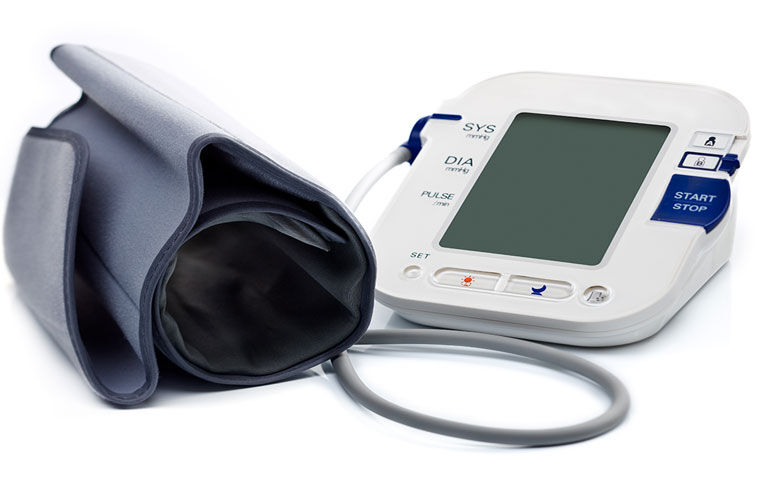Using the incorrect cuff size when taking blood pressure measurements can lead to significant over and under-estimations, according to the findings of a randomised trial by US researchers.
Although clinical practice guidelines recommend the selection of an appropriately sized cuff based on mid-arm circumference before taking a blood pressure (BP) reading, the extent to which miscuffing affects readings was previously uncertain.
Now, in a study published in the journal JAMA Internal Medicine, researchers from Johns Hopkins University School of Medicine in Baltimore, Maryland, revealed that miscuffing results in ‘strikingly inaccurate‘ BP measurements.
In the randomised crossover trial of community-dwelling adults with a wide range of mid-arm circumferences, the researchers determined the effect of using a regular BP cuff versus an appropriately sized BP cuff on automated BP readings. Participants underwent four sets of triplicate BP measurements, with the initial three sets using an appropriate, too-small or too-large BP cuff in random order. In the fourth and final set of triplicate measurements, an appropriate BP cuff was used.
The team set the primary outcome as the difference in mean blood pressure when measured with a regular BP cuff compared with an appropriate BP cuff. The secondary outcome was the difference in BP when using too-small or too-large BP cuffs versus an appropriate BP cuff across all cuff sizes.
Miscuffing and blood pressure readings
A total of 195 adults with hypertension were included in the study.
Among those requiring a small BP cuff, the use of a regular BP cuff led to a statistically significant lower BP reading (mean systolic BP difference, MSBPD = -3.6 mmHg).
However, for those who required a large cuff, use of a regular BP cuff resulted in a statistically significant higher BP reading (MSBPD = 4.8 mmHg). Similarly, where an extra-large cuff was required, there was an even higher discrepancy (MSBPD = 19.5 mmHg).
For the secondary outcome, BP differences with over-cuffing and under-cuffing by one and two cuff sizes were greater among those requiring larger BP cuffs. The results were consistent in stratified analyses by systolic BP and body mass index.
The researchers noted that it was particularly concerning for settings where one regular BP cuff size is routinely used in all individuals, regardless of arm size, and called for a renewed emphasis on individualised BP cuff selection.










